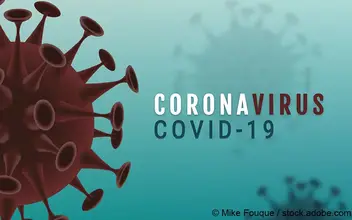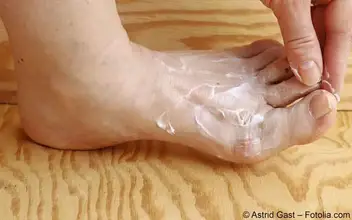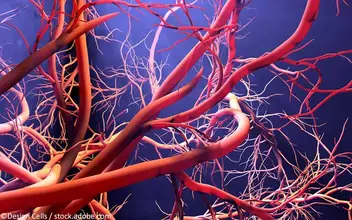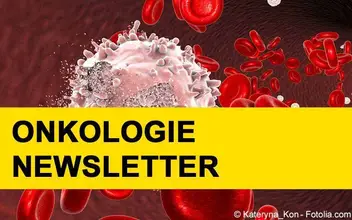
Anthraglykoside kommen beispielsweise in Sennesblättern, Faulbaumrinde oder Rhabarber vor und sind in Präparaten wie Midro Tee, Neda und Kräuterlax zu finden. Sie wirken prokinetisch sowie sekretatog und haben damit eine duale Wirkungsweise. Im Darm werden die Glykosid-Verbindungen bakteriell aufgespalten. Es entstandenen Anthrachinon-Derivate werden als Emodine bezeichnet, die im Dickdarm die Natriumionen- und Wasserresorption aus dem Darmlumen durch Blockade der Na+/K+-ATPase hemmen.
Was ist zu beachten?
Anthraglykoside sollten nicht über einen längeren Zeitraum (mehr als ein bis zwei Wochen) angewendet werden. Bei längerer Einnahme kann es unter anderem zu einer (Pseudo-)Melanosis des Colons kommen. Dies ist eine funktionell unbedeutende reversible Folge und hat keinen Krankheitswert (20). Bei Darmerkrankungen, Bauchschmerzen, Kindern unter zwölf Jahren ist die Anwendung von Anthraglykosiden kontraindiziert. Zu den bekannten Nebenwirkungen gehören Bauchschmerzen, -krämpfe sowie Durchfälle [21; 22].
Studienlage zu Anthraglykoside
Die Wirksamkeit von Anthraglykosiden bei kurzfristiger und mehrwöchiger Gabe wurde in einer randomisierten, offenen Studie mit parallelem Gruppendesign nachgewiesen. Dabei wurden Senna-Anthraglykoside mit Lactulose verglichen. Es wurde kein Unterschied zwischen den Abführmitteln in stuhlfreien Intervallen oder in Tagen mit Stuhlgang gefunden [23]. Es fehlen allerdings langfristige systematische Beobachtungen.














